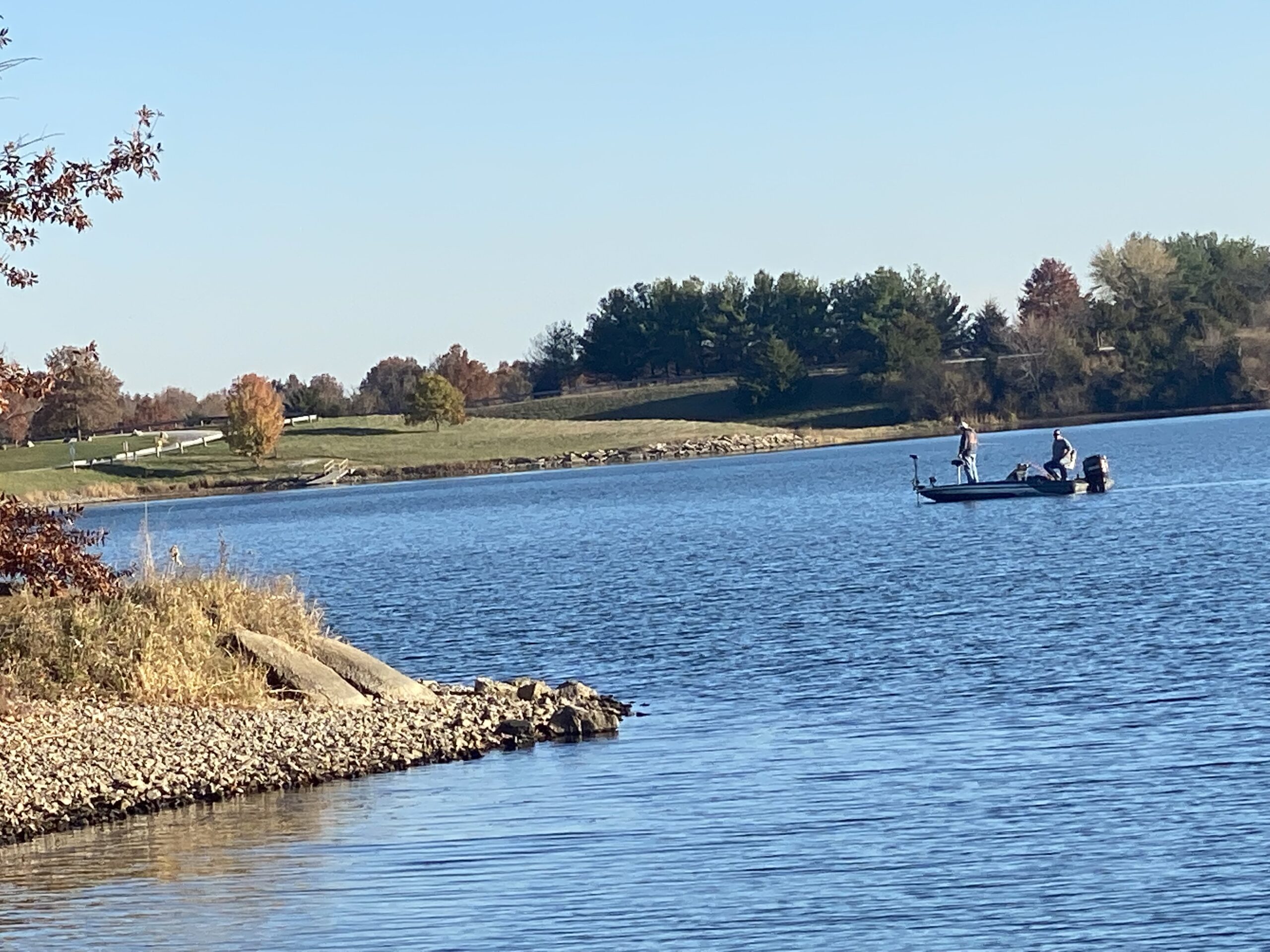
For at least the past 40 years, predictions about the fate of the planet have been mostly gloomy. From pollution to the population explosion, depletion of natural resources, and global warming, forecasts have concentrated on an ever-diminishing quality of life for earth’s inhabitants.
However, some leading researchers and policy makers see evidence that the future may not be as bleak as we once thought. Environmental thinkers who gathered for a major conference on the planet’s future last November saw reasons for optimism. William Clark, an authority on environmental issues at Harvard University and a recipient of a MacArthur Foundation genius grant, pointed to evidence that man is accomplishing more with less stress on the environment. He predicted that population growth will level off by the end of the 21st century.
James Hansen, director of NASA’s Goddard Institute for Space Studies, popularized the issue of global warming in his testimony before Congress in 1988. He, too, sees room for optimism. While he believes the next 10 years will be the hottest in United States history, he is encouraged to see that releases of greenhouse gases have slowed in the past 20 years.
Although, they expressed optimism, the conference participants were clear that there are still major concerns, and that much remains to be done. The 20th century has done, by many measures, unprecedented damage to the natural world. The world’s population has soared to six billion—four times what it was at the beginning of the century. So many bodies of water have been dammed that geophysicists say it has perceptibly altered the way the earth rotates. The discovery of oil and the development of the modern chemical industry have created both great wealth and major environmental problems. The burning of fossil fuels has increased the atmospheric concentrations of carbon dioxide by 30 percent. More than 70,000 synthetic chemicals have been introduced, some of them highly toxic, that have resulted in hazardous waste sites and pollution of rivers and lakes.
Recognition of the problems, particularly in the industrialized West, has begun to bring improvements and solutions. Food production, for example, has increased dramatically. One hectare of U.S. farmland that once fed three people can now feed 80. Many acres of less-productive farmland have been returned to forestland in places like Massachusetts that were nearly treeless more than a century ago. Simple plumbing changes have significantly reduced the amount of water used. Industrial pollution has dropped steadily as the U.S. has moved from a smokestack economy to a technology-based economy, and has enacted strict environmental standards.
The developing nations have not made the environmental improvements that are seen in the industrialized countries. However, even in the developing world, standards have risen. Infant mortality has dropped, literacy has risen, and real incomes have quadrupled. There are indications that leaders in the developing world understand that economic progress cannot come at the expense of the environment.
In many ways, the optimism of the conference participants hinges on the belief that technology will be able to produce solutions to environmental problems that do not derail the booming world economy. The solutions must involve both the Western world and the developing world, which often have competing interests. Major challenges lie ahead, and progress is not certain. Mikhail Gorbachev, the former leader of the Soviet Union, best summed up the mood of the conference when he suggested that humans can solve even the worst problems—if they choose to do so.














 Britta burrus design.
Britta burrus design.